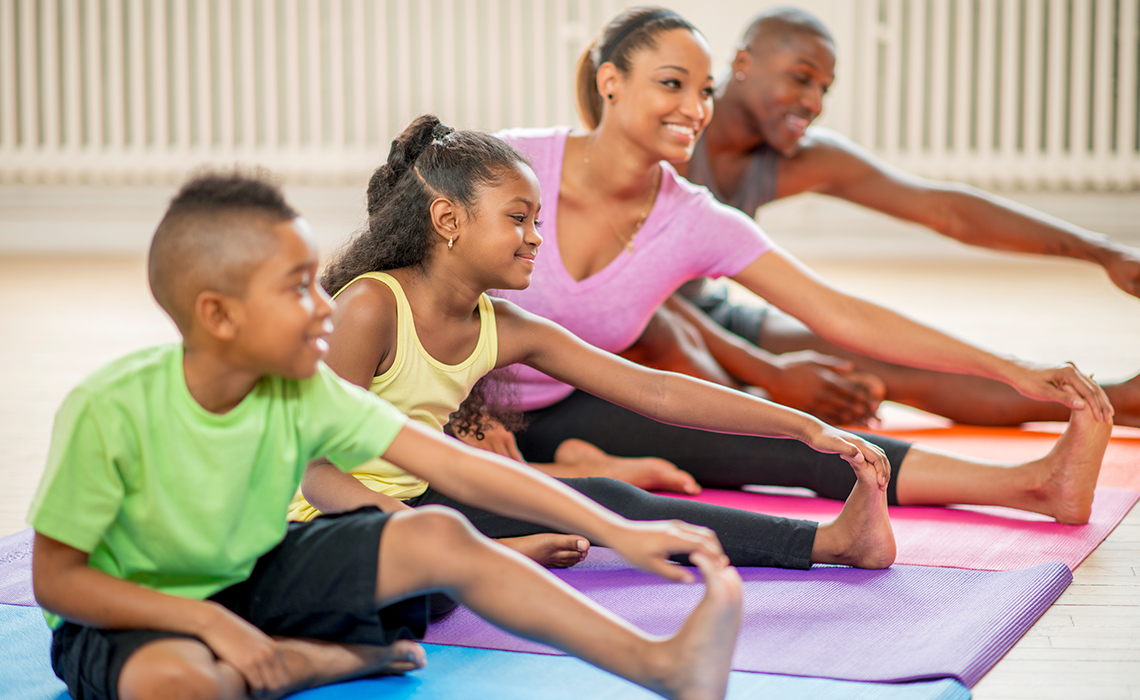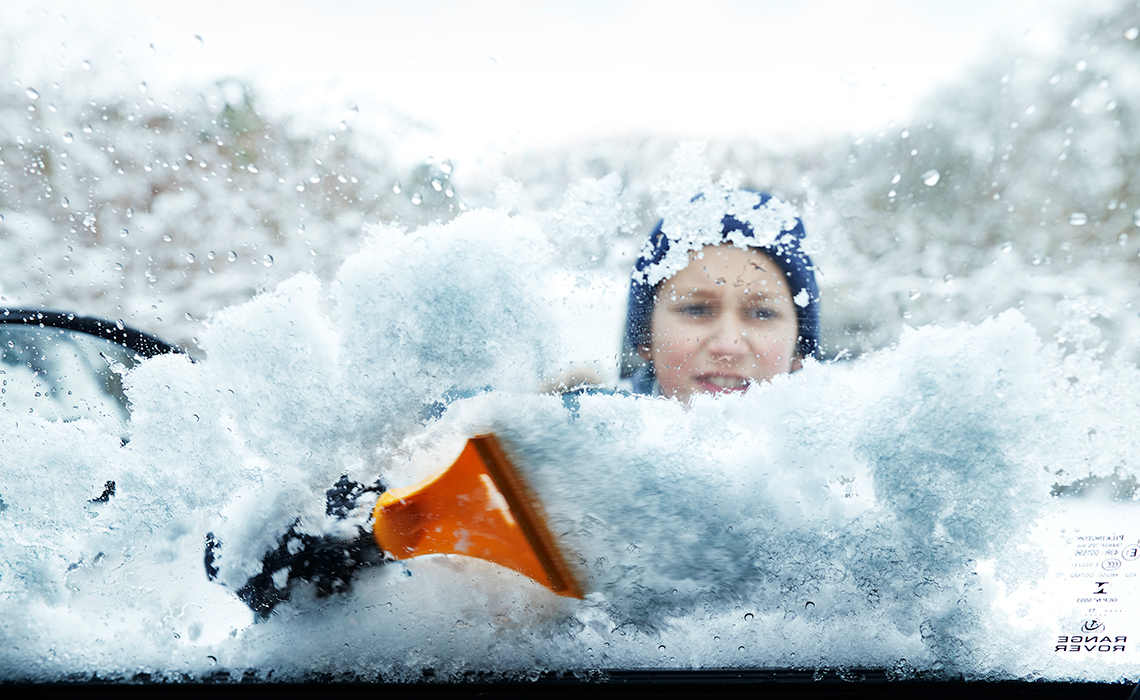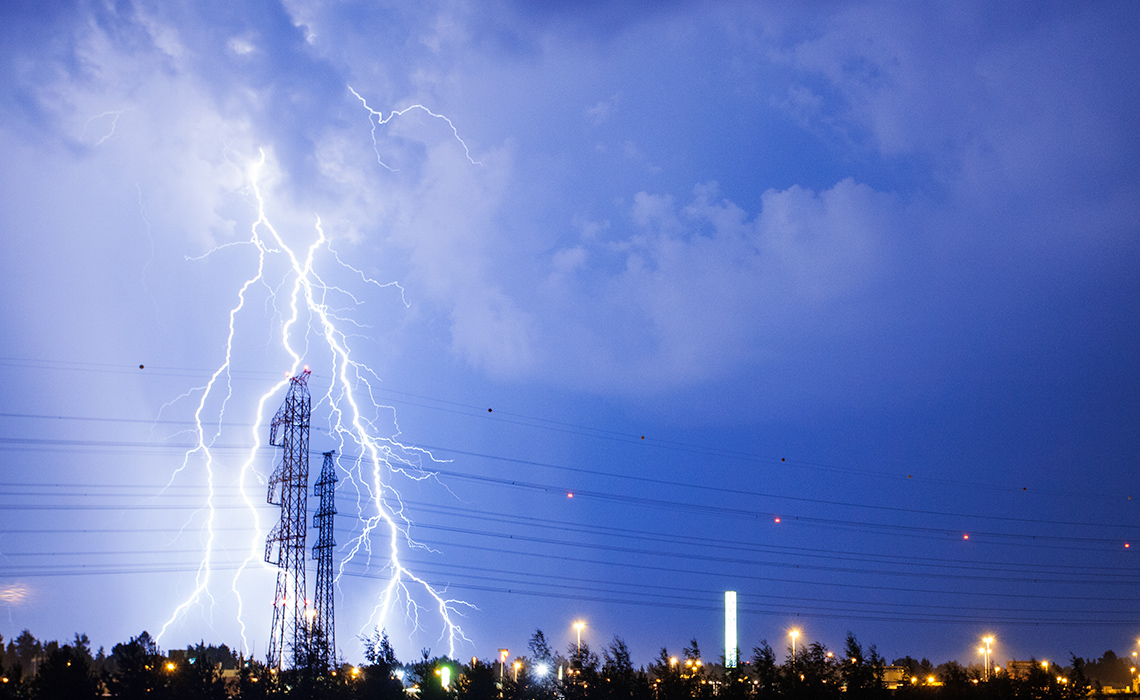Minds On
Contact and non-contact forces
There are many different types of forces all around us. A force is a push, pull, or other factor that can make an object change speed, shape, or direction.
Forces can be sorted into two main groups: contact and non-contact.
Contact forces happen when two objects come into direct contact with each other.
Non-contact forces happen when forces act on an object without touching it. Examples of non-contact force include gravity and magnetism.
Explore the following carousel of images and descriptions of common examples of forces.
Check your understanding!
Reflecting on forces
Choose one contact force and one non-contact force from the examples in the previous activity.
- How would you describe your examples of force?
- What makes these forces contact or non-contact?
Record your answers using a method of your choice.
Press ‘Answer’ to access some possible answers.
Friction is the force that happens when two objects are rubbed together. Friction also happens when two objects are moving in opposite directions while touching. This is a contact force because two objects need to come into contact with each other.
Electrostatic force is exerted when there is any kind of charge between two electrically charged objects. This is a non-contact force because the objects do not need to be physically touching.
Action
Everyday forces
Forces are common in daily life! People encounter both contact and non-contact forces in a variety of ways every day. A force is any “push” or “pull” factor that causes an object to change speed, shape, or direction.
To learn more about forces that occur naturally in our world every day, it can be helpful to use the Scientific Research Process to guide our thinking. We are going to focus on the Learn and Record steps.
Scientific research process

Time to learn! We can learn things from different places and people.

It’s time to record what you have learned. You could write it down or make an audio or video recording.
Exploring types of forces
Press the following tabs to learn more about each type of force, then respond to the reflection questions that follow the accordion using a method of your choice.
How are forces, such as gravity, used in people’s everyday lives?
Explore the following Space Kids video entitled “What is Gravity?” to learn more about gravity as a force that controls our whole universe. As you explore, record examples of how gravity is used in our everyday lives using a method of your choice.
You may have noticed that a trampoline uses gravity, that’s what makes it so fun! Also, our solar system needs gravity to keep all the planets, including Earth and the moon, in the right spot. If the sun disappeared, they would all float away.
Friction is a contact force that is common in everyday life.
Explore the following Finding Stuff Out video entitled “Speed” to examine more about how friction works. As you explore, record examples of how friction is used in our everyday lives using a method of your choice.
You may have noticed how the examples of friction in the clip required there to be direct contact between a cup and a hard surface. Friction is the force that can stop a moving object just through contact with another object.
Electrostatic force is a non-contact force that is part of everyday life on earth.
Explore the following ScienceXplosion video entitled “May the Force Be With You” to learn why electrostatic forces occur. As you explore, record examples of how electrostatic force is used in our everyday lives using a method of your choice.
Use the information from the previous accordion to answer the following questions:
- What are some examples of gravity being used in our everyday lives?
- What are some examples of friction being used in our everyday lives?
- What are some examples of electrostatic force being used in our everyday lives?
Press ‘Answers’ to access some possible answers.
1. Some examples of gravity being used in our everyday lives include:
- falling down or dropping an object
- sliding down a slide
- pouring water into a cup
2. Some examples of friction being used in our everyday lives include:
- walking on a sidewalk (without slipping!)
- writing with a pen or pencil on a piece of paper
- rubbing hands together to get warm
3. Some examples of electrostatic force being used in our everyday lives include:
- hair sticking up after being rubbed with a balloon
- getting a “shock” when touching something metal
- when dry clothes cling to the body
Electrostatic force
- Which weather condition was used in the previous video clip as a common example of electrostatic force?
Record your response using a method of your choice
Press ‘Hint’ to help guide your thinking.
It appears to “light up” the sky, and often occurs along with thunder as part of a rainstorm…

Consolidation
Understanding everyday forces
Throughout the previous research activities, you engaged thoroughly with the ‘Learn’ and ‘Record’ steps of the Scientific Research Process. In other words, you have a lot of new information!

Reflecting on everyday forces
Now that you have checked your understanding of the new information from your research on forces in everyday life, you have the chance to share what you’ve learned!
Scientific research process

Sharing what you have learned lets other people know about your topic too!
Describing everyday forces
Select one of the types of forces we have explored (gravity, friction, or electrostatic force), then answer the following questions.
- How does this force work? Does it involve pushing or pulling?
- Is it a contact or non-contact force?
- What are two examples of this force?
Record your answers using a method of your choice.
Reflection
How do you feel about what you have learned in this activity? Which of the next four sentences best matches how you are feeling about your learning? Press the button that is beside this sentence.
I feel…
Now, record your ideas about your feelings using a voice recorder, speech-to-text, or writing tool.




